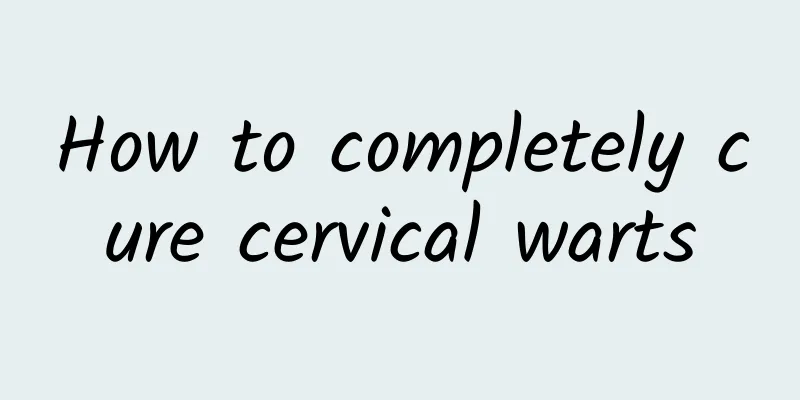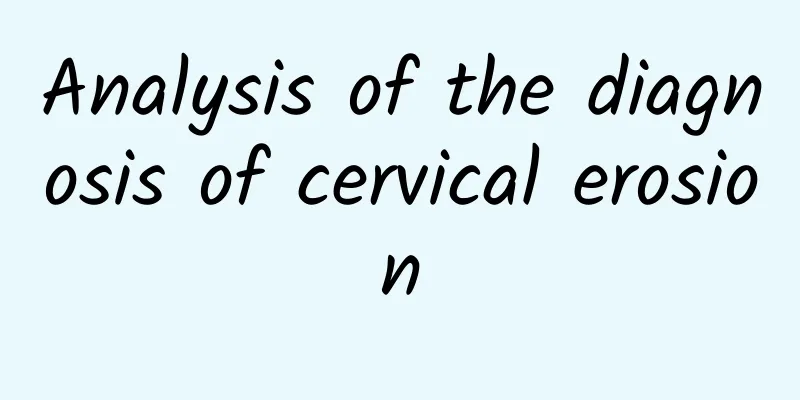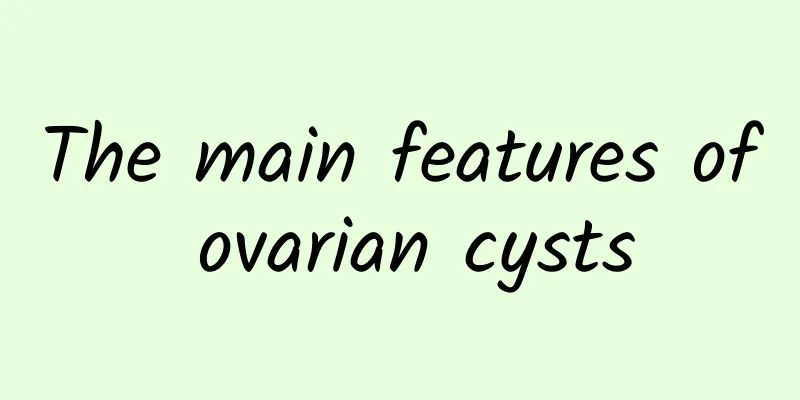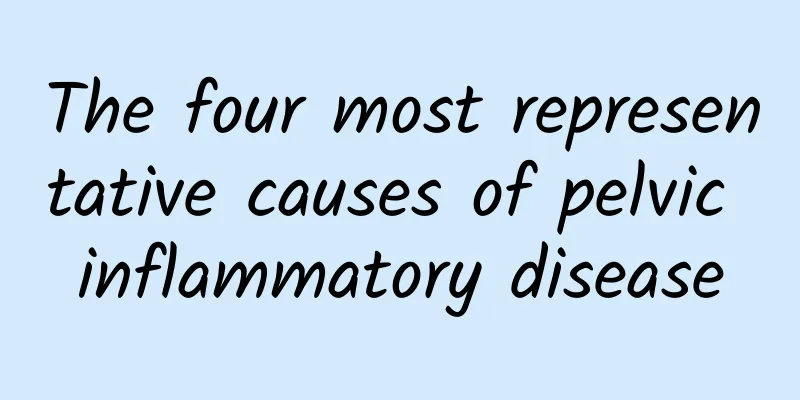What methods can effectively treat cervical erosion? 5 methods are most effective in treating cervical erosion
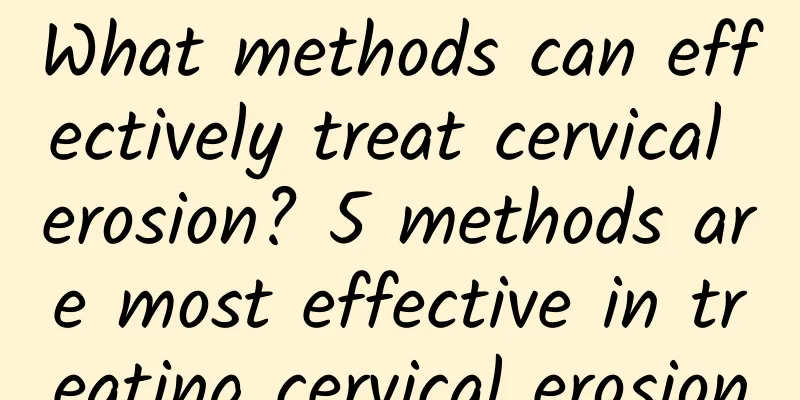
|
What are the treatments for female cervical erosion? Cervical erosion is a factor that easily leads to infertility, so it needs timely treatment. The cost of treating cervical erosion varies depending on the treatment method. However, you should consult with your doctor whether to choose drug treatment or other treatment methods for cervical erosion. Cervical erosion can easily lead to infertility Women with cervical erosion may sometimes have obstacles to sperm ascending and cause infertility. Under normal circumstances, during ovulation, the cervical mucus is thin, which is conducive to sperm penetration. Sperm passes through the cervical mucus and enters the uterine cavity within 2-3 minutes. However, women with cervical erosion have infertility because the cervical mucus is thick, large in volume, and highly alkaline, which is not conducive to sperm penetration and survival. But not all women with cervical erosion cannot conceive. To understand whether cervical erosion is a real infertility factor, you can do a post-coital test, that is, have sex during the ovulation period, go to the hospital two hours later, and ask the gynecologist to take out the mucus from the cervical canal, put it on a glass slide, and observe it under a high-power microscope. If 5-10 sperm moving forward can be seen in each field of view, the cervical infertility factor can be ruled out. If no live sperm can be found in repeated tests, the test should be performed again after the cervical erosion is treated. So, what are the treatments for cervical erosion? Treatment of cervical erosion Drug treatment: Suitable for patients with small erosion area and shallow inflammatory infiltration. Antibiotics can be used for local application, such as metronidazole, sulfonamides, furazolidone, etc. Traditional Chinese medicine is widely used in the treatment of cervical erosion in clinical practice, and the effect is also good. Some prescriptions and formulas are often selected, processed into powder or suppository, placed on cotton balls, and applied to the eroded surface. Physical therapy: It is a widely used treatment method with the advantages of short treatment course and good efficacy. It is suitable for patients with large erosion area and deep inflammatory infiltration. Commonly used methods include electric ironing, laser therapy, and cryotherapy. Traditional surgical treatment: If the above treatments are ineffective, or if there is cervical hypertrophy, or the erosion is deep and wide, and involves the cervical canal, traditional surgical treatments such as total hysterectomy can be considered. However, surgical treatment is rarely used now. High-frequency LEEp surgery: The tissue specimen is intact and is not prone to tissue elongation and carbonization as in traditional electrosurgical cutting. This allows for the acquisition of intact tissue specimens that do not affect pathological examination. BBT ablation: BBT ablation is a very delicate surgery for treating cervical erosion. It not only does not damage the surrounding tissues, but also is painless during the treatment and leaves no scars after the surgery. It can also better avoid complications such as bleeding or infection, and has the advantage of not affecting fertility after the surgery. |
Recommend
Six details to prevent dysmenorrhea explained one by one
As more and more dysmenorrhea patients appear in ...
Several bad habits that need to be paid attention to in preventing adnexitis
Gynecological inflammation is mostly caused by so...
Are pelvic inflammatory disease and cervicitis the same thing? Two different conditions
The classification of gynecological inflammation ...
How to effectively treat female cervical erosion? 4 most effective treatments for cervical erosion
I believe everyone knows that cervical erosion wa...
What causes women to have less menstrual flow? 6 reasons for irregular menstruation in women
Every woman's physique is different, and the ...
What causes calf soreness before menstruation?
What is the reason for calf soreness before menst...
If you love to drink hand-shaken drinks, you will develop fatty liver! Famous weight loss doctor: Don’t touch these three landmines, there is a magic formula to replace fructose
In the hot summer, it is common to see people hol...
What causes blood clots during menstruation?
The presence of blood clots during menstruation m...
Beware of blind fashion causing uterine fibroids
Uterine fibroids are one of the most common tumor...
What to do about premature ovarian failure
Premature ovarian failure is a disease with a hig...
A brief discussion on the preventive and health care methods for uterine fibroids
Uterine fibroids are the most common benign tumor...
Have you ever paid attention to the symptoms of cervical hypertrophy?
After you find out that you have cervical hypertr...
How to take care of yourself after myomectomy? Precautions for myomectomy
Uterine fibroids are one of the most common benig...
Poor cardiopulmonary function may increase the risk of dementia! AI fitness magic mirror detection tool, 4 ways to strengthen the heart and lungs to improve cardiopulmonary endurance
Young people are not necessarily physically stron...
Chinese Herbal Medicine for Chocolate Cyst Treatment
According to Chinese medicine, if you want to tre...


